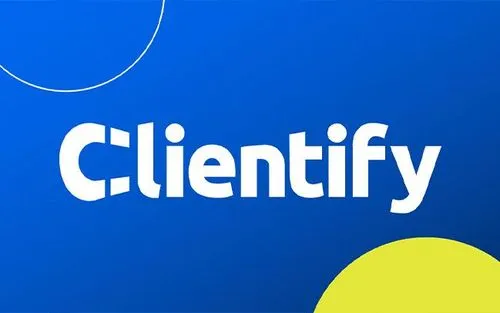In the tech sector, traditional recruitment coexists with more agile methods tailored to the evolving needs of the industry.
One of these methods is Staff Augmentation, which allows organizations to integrate external talent into their projects—either to complement internal teams or to manage specific products, services, or platforms.
Staff Augmentation is a critical pathway for business growth and one of our core services. Let’s explore the value it brings to your in-house teams.
Increased Delivery Capacity
With Staff Augmentation, companies can respond more quickly during peak demand, accelerated project timelines, or urgent changes. This is possible thanks to professionals who bring efficiency and speed to task execution.
Bringing in external talent is an excellent way to eliminate bottlenecks that impede processes and deliverables. Having more skilled professionals ensures that activities don’t stall due to lack of specific skills or availability for review and feedback.
Finally, adding specialized resources for specific tasks allows your core team to focus on their main responsibilities, ensuring deliverables remain on track without sacrificing growth. This temporary expansion also facilitates managing complex projects, where workload varies significantly between phases.
Reduced Work Overload
When companies integrate external talent into their in-house teams, they help mitigate potential workload overload—a more frequent issue than desired, affecting performance, engagement, and team well-being.
With additional talent, teams can distribute responsibilities and project tasks more effectively, avoiding excessive stress and burnout risk, as each worker carries a lighter workload during their workday.
Reducing operational pressure also enables a stronger focus on strategic activities that generate value and drive company growth. Instead of being stuck in urgent operational issues, the internal team can channel efforts toward higher-impact tasks in the medium and long term.
Moreover, bringing in reinforcements for specific projects maintains a balance between workload and quality—a crucial factor for motivation and talent retention. Thus, Staff Augmentation becomes a key tool for stabilizing workplace dynamics and preventing turnover due to excessive workloads.
Access to Specialized Talent
Instead of managing lengthy recruitment processes, Staff Augmentation provides fast and direct access to highly skilled professionals with the exact competencies needed for specific technical requirements.
In a fast-moving sector like tech, having expert leaders in niche areas is essential to ensure project success and continuous innovation.
One of the main benefits of accessing specialized talent via Staff Augmentation is acquiring skills often unavailable internally—or that would be difficult and/or costly to recruit through traditional methods in a short timeframe.
With Staff Augmentation, your organization will respond to complex technical challenges more quickly, accelerating development cycles and time-to-market for key products or services—providing a critical competitive advantage.
Greater Flexibility and Scalability
Staff Augmentation offers flexibility by allowing companies to adapt their resource levels to current demands. Depending on the requirements, teams can scale up or down by adding or removing external talent.
This adaptability is especially relevant in environments where:
- Work demand fluctuates.
- Delivery deadlines vary.
- Emerging events occur.
Whether you're adding talent or scaling down to maintain focus only on core processes, Staff Augmentation gives you the agility to stay competitive and efficient.
Additionally, scalability supports organizational agility—facilitating market entry or the launch of innovation initiatives without heavily altering your internal structure. This is possible thanks to faster product and service development, and focusing on business-critical activities.
Exposure to New Technologies
External professionals often bring knowledge of new tools, languages, and methodologies due to their specialized training. In this context, Staff Augmentation is an excellent way to incorporate elements that refresh your projects and processes using the latest frameworks and work models.
Knowledge transfer keeps companies updated on technological advancements, helping them implement efficient, secure, and future-aligned solutions.
All these factors yield competitive advantages—turning businesses into sector benchmarks and simultaneously reducing operational costs and enhancing both internal and external user experience in a digital transformation context.
Fresh, Objective Perspectives
Bringing in external talent isn't just about increasing work hours or expanding the team. It also introduces new viewpoints that enrich internal collaborators, boosting creativity and problem-solving capacity.
Free from internal biases, these insights can identify areas for improvement, suggest alternative approaches, and challenge established assumptions or processes that may hinder continuous improvement. Incorporating these perspectives means revising and optimizing decision-making processes.
Furthermore, incoming talent brings experiences from different industries—or even direct competitors. These insights can inform adaptations of tools and methodologies for your organizational structure and align with your products and services.
Cost Optimization
It’s important to mention how this model optimizes technology investment by converting fixed hiring costs into variable expenses.
Staff Augmentation allows organizations to access required talent for a specified period—no need for fixed compensation or expenses associated with benefits or taxes. Instead, talent receives compensation aligned with effort and project conditions.
Short-term or project-specific initiatives benefit significantly from this cost efficiency, avoiding the financial burden of under-utilized or oversized teams for what needs to be achieved at a given time.








